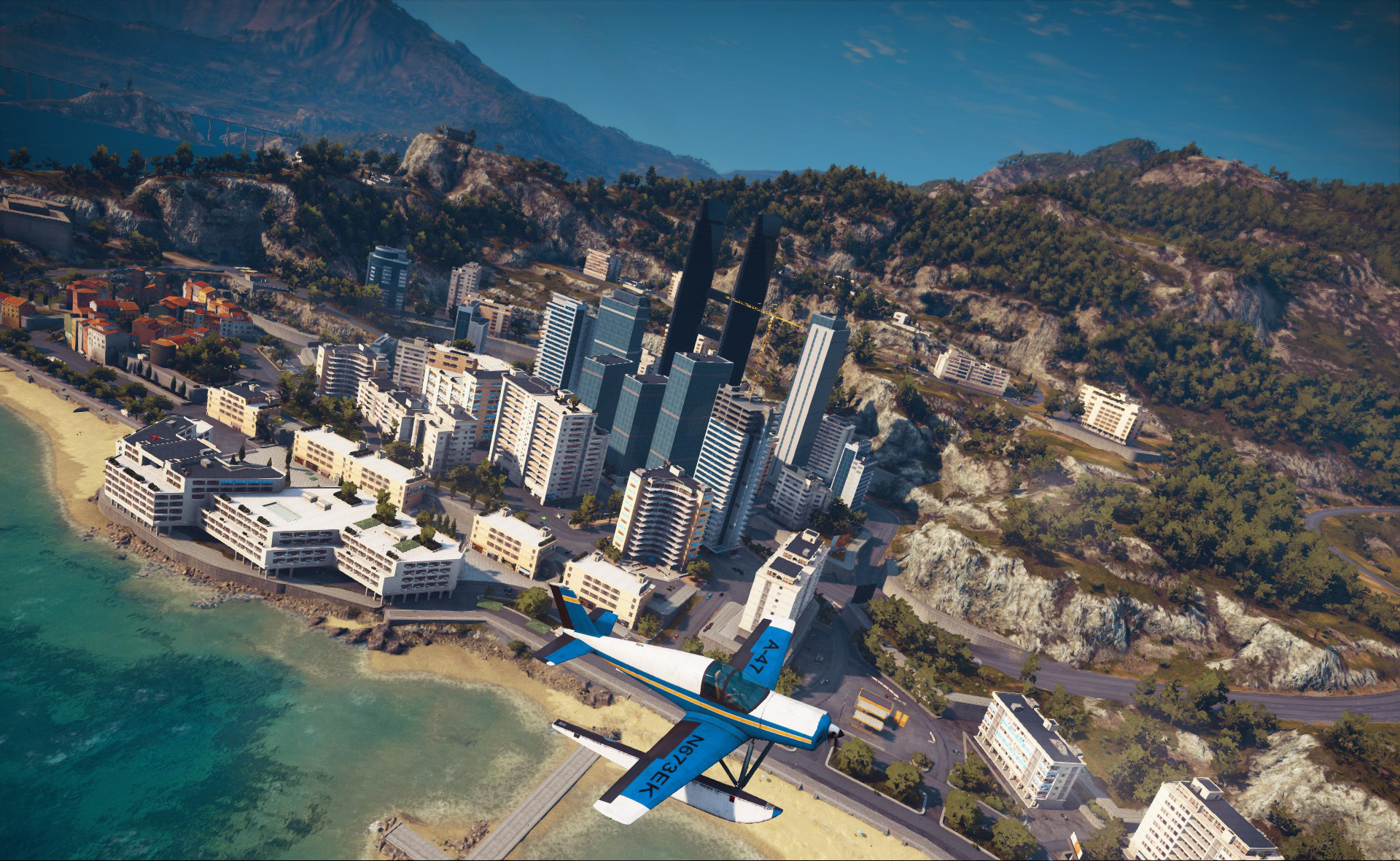Avalanche Studios, 2015
Technical Artist
Technical Artist
Vehicle and Environment LOD Pipeline
Created multiple tools in Maya, Simplygon, and as standalone applications to automate and verify the LOD generation process for Just Cause 3.
• Vehicle LOD generation supporting the damage system.
• Environment art LOD tracking inside Maya.
• Automated proxy LOD generation, rebuilding of material graphs to merge meshes into single draw calls.
• Batch automation of LOD generation and export.
• Environment art LOD tracking inside Maya.
• Automated proxy LOD generation, rebuilding of material graphs to merge meshes into single draw calls.
• Batch automation of LOD generation and export.
The damage blendshapes across different LODs.
Vehicles varied from scooters to large cargo planes the player could enter.
Vehicles
• Over 80 unique vehicles, plus additional variations for rebel and military factions.
• Each vehicle consists of up to 50 individual meshes.
• Vehicles have blendshapes to transition into a damaged state - which needs to be supported by LOD system.
• LODs needed to be continuously re-generated for all vehicles in the game.
• Each vehicle consists of up to 50 individual meshes.
• Vehicles have blendshapes to transition into a damaged state - which needs to be supported by LOD system.
• LODs needed to be continuously re-generated for all vehicles in the game.
Solving LODs with Blendshapes
The main challenge with vehicle LODs was supporting both pristine and damaged states while preserving blendshape functionality. You can't simply generate a decimated mesh for each state independently, as that would result in mismatched topology - breaking the blendshape system.
The initial approach was to poly reduce the undamaged mesh and bind it to the blendshape of LOD0 to deform it back to the damaged state. However, this simplification often removed edges which were not needed in the pristine state, but were critical to the silhouette in the damaged state.
To solve this, the process was flipped. The simplification ran on the damaged model and we deformed it back to match the undamaged version as closely as possible.
This reverse workflow introduced visual issues - especially broken or inconsistent vertex normals. To resolve this, we reprojected vertex normals from the LOD0 pristine mesh back onto the simplified LODs, restoring smooth normals on the LOD meshes.
Simplified mesh based on the un-deformed state on the left vs generated from the damaged state on the right. The LOD generated from the deformed state preserved needed topology much better.


Automation and Ensuring LOD Quality
For continuous LOD re-generation, a standalone multithreaded batch tool was created, cutting down the time to generate all LODs and export them from over almost 30 hours down to 3 hours.
This batch tool would later be adopted by the animation team to process and export character animation data, as well.
This batch tool would later be adopted by the animation team to process and export character animation data, as well.
Other work included:
• Automated LOD creation from inside Maya, which rebuild material graphs for Simplygon to match the shaders inside the game for material simplification and LOD aggregation.
• LOD overview windows for Maya, to show stats about the current LOD models in the scene such as vertex counts, draw calls etc.
• Automated LOD creation from inside Maya, which rebuild material graphs for Simplygon to match the shaders inside the game for material simplification and LOD aggregation.
• LOD overview windows for Maya, to show stats about the current LOD models in the scene such as vertex counts, draw calls etc.